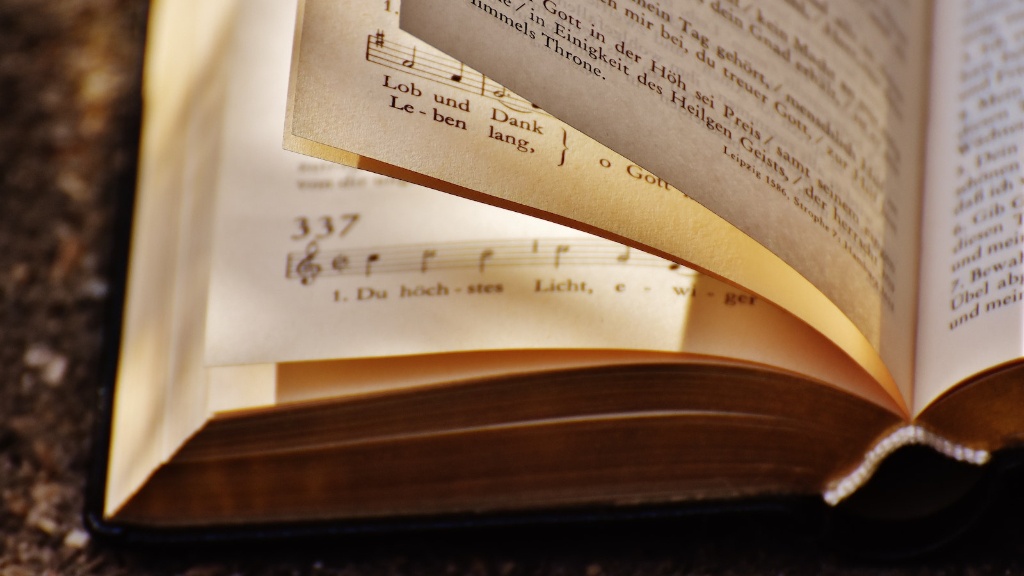Literary elements are an integral part of creating a narrative poem. These elements, when used properly, can help to define the poem’s purpose and create a meaningful story. The literary elements of a narrative poem are dialogue, imagery, rhythm, and plot.
Dialogue
Dialogue is an important element of narrative poetry, allowing the poet to express the emotions and thoughts of the speaker. The speaker can be a character in the poem, the poet themselves, or an omniscient narrator. Dialogue can be used to evoke certain emotions in the reader, as well as to provide insight into the characters and their motivations. In addition, dialogue helps to create a rhythm for the poem, which can also be used to convey emotion.
Imagery
Imagery is used to create a vivid image in the reader’s mind. It allows the poet to create an atmosphere and setting that helps bring the poem to life. The imagery should be vivid and evocative, and can be used to drive home certain points of the poem or to express difficult emotions. Imagery can also help the reader to identify with the characters in the poem.
Rhythm
Rhythm is an important element of any poem, but is particularly important in a narrative poem. The rhythm helps to convey emotion, create tension, and move the poem along. It’s important to choose the right words to convey the desired effect, as subtle shifts in rhythm can have a powerful impact on the poem. Rhyme can also be used to create patterns or to add emphasis.
Plot
Plot is an essential element of narrative poetry. It’s important to construct the plot in a way that is compelling and makes sense within the context of the poem. The plot can be used to illustrate a theme or explore an idea. The plot should be logical and have a beginning, middle, and end. Character development can also be used to enhance the plot and create a more engaging story.
Word Choice
Word choice is also important when crafting a narrative poem. It is important to use words that are precise and evoke the right mood and emotion. Metaphors and similes can be used to add color and depth to the poem. In addition, choosing the right words to describe the setting can help the reader to imagine themselves within the poem.
Structure
The structure of the poem is also important. Narrative poems usually have a linear structure, with each line building upon the previous one. This structure helps to build suspense and create an emotional arc for the poem. The poem can be divided into different parts, such as chapters or stanzas, to help with the pacing and to create a cohesive whole.
Symbolism
Symbolism can also be used to layer meaning within a narrative poem. By using symbols, a poet can add more complexity to their poem and explore ideas in a deeper way. A symbol can represent an emotion, a character, or a deeper meaning. By using symbols, the poet can explore larger themes in a subtle and powerful way.
Tone
The tone of the poem is also important. It can be used to evoke emotion, as well as to establish the mood of the poem. The tone can be used to add humor, sadness, or dread, depending on what the poet is trying to express. It is important to use words that help to convey the desired tone, as well as the emotions of the speaker.
Voice
The voice of the poem is also important. It can help to establish who is speaking and add depth to the poem. Voice can be used to create suspense and engage the reader. It can also be used to emphasize certain ideas or themes, as well as to convey emotion. It’s important to use the right words to convey the desired voice and create an experience for the reader.


